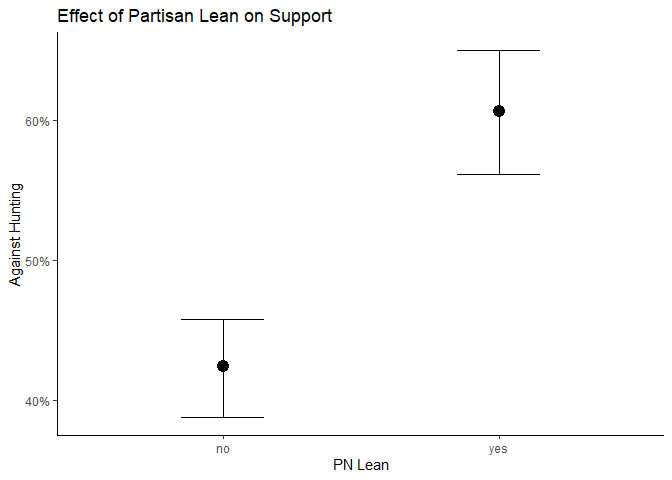Spring Hunting Referendum Case Study
Malta’s 2015 Spring Hunting Referendum makes for an interesting case study on the utility of combining political data with other predictors to get a deeper understanding of the dynamics at work.
Urbanisation Score as a Socio-political Predictor
An area’s urban-rural score can be an important indicator of political behaviour — in fact, the urban-rural divide is one of the most enduring patterns in political science. Using satellite imagery, we calculated an “urban score” for each Maltese locality by classifying the land type in each 10 x 10m pixel. This is largely what you’d expect: localities like Birkirkara and Sliema are categorised as very urban, while Santa Lucija and Ghasri score as very rural.

Plugging this information into the referendum result by district already tells half of the story. In general, urbanisation is a predictor of stronger attitudes against Spring Hunting.

The picture becomes clearer when we factor in the district’s lean: the urbanisation effect is still visible, but PL leaning districts supported hunting by a nearly 20% margin.

What this tells us
For every 1% a town is more urban, opposition to Spring Hunting increased by 0.16%.

The anti-hunting lobby’s support was significantly concentrated in PN leaning districts.

What you could have of done with this insight if you were the “Yes” camp
Lean into the narrative of urban elites detached from society.
Think of how to reframe the “Yes” prospect to resonate more with values PN voters hold dear.
What you could have of done with this insight if you were the “No” camp
Ecological conservation is typically championed by green and socialist parties. It is crucial you figure out why this dynamic is reversed in the local context.
Improve messaging to fight the impression that you are actively at war with rural Malta’s way of life.